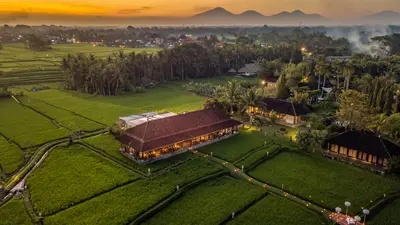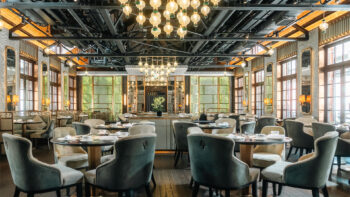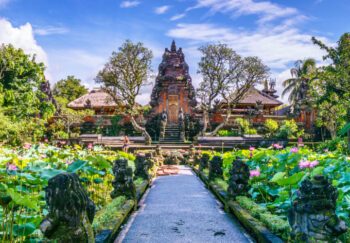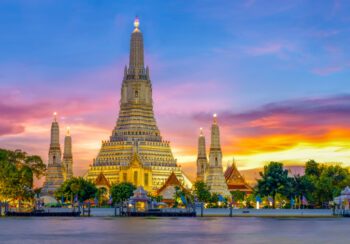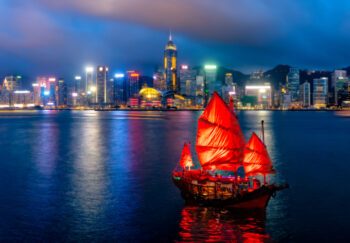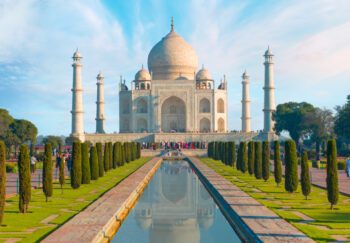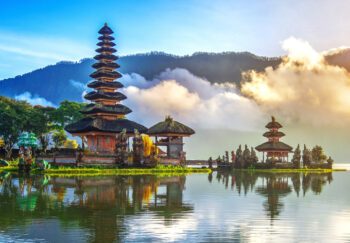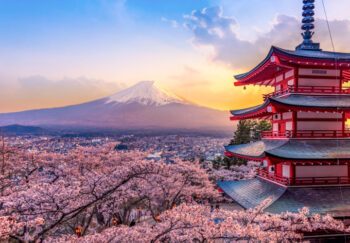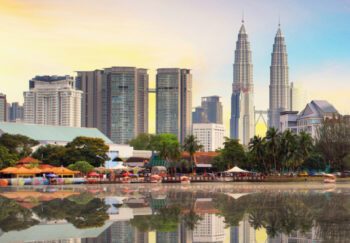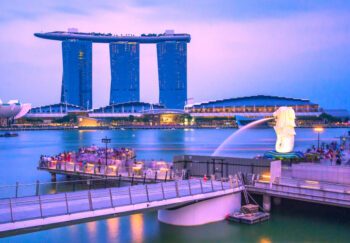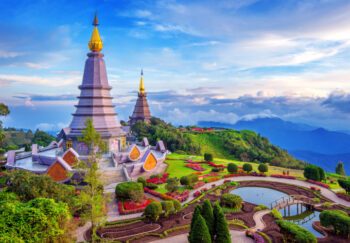
10 February marks the arrival of 2024’s Lunar New Year celebrations, bringing up to two weeks of traditions that invite prosperity, luck and renewal. For expats, the Lunar New Year can be a nostalgic way to reconnect with childhood memories, sharing red envelopes and eating cultural dishes from generational recipes.
Whether you’re celebrating China’s Spring Festival, lighting lanterns for Tết in Vietnam or counting down the Lunar New Year with family, these are the time-honoured rituals that will welcome the Year of the Dragon the world over.
Read on to discover more.
New Year’s Eve feast
Such is the magnitude of traffic leaving Chinese cities in preparation for Lunar New Year, China has coined it Chunyun, meaning the spring rush. This is when families reunite in their hometowns and prep for Nian Ye Fan (the New Year’s Eve reunion dinner). Shared among all variations of the holiday, this decadent banquet of cultural dishes ranges from sweet treats like mut tet (candied fruits and nuts, Vietnam), sticky rice cakes, and handmade staples like noodles and dumplings. Certain dishes are also thought to hold good fortune – fish is said to bring prosperity, sweet rice balls for family ties, longevity noodles for long life and dumplings for wealth.
Giving & receiving red envelopes
Deriving from an ancient tale of a demon named Sui who’d frighten children, this tradition is said to keep evil spirits away and bestow blessings of prosperity and peace. Throughout the festive period, little ornate parcels of fresh cash notes are handed out among families, colleagues, neighbours and children. A general rule of thumb is to gift your closest relatives and parents most generously and keep some light envelopes handy for the little ones.
Lantern festivals & lion/dragon dances
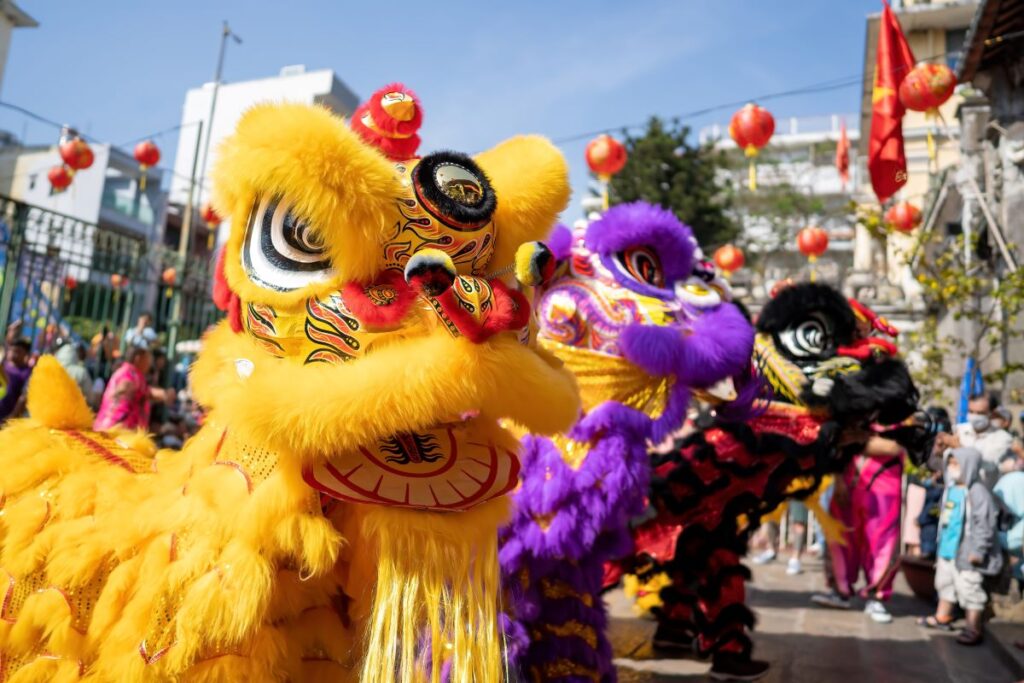
There are few events in the world quite as magical as a lantern festival, and Hong Kong’s Tsim Sha Tsui spectacle is one for the books. Bamboo, silk or paper lanterns light up the sky over Victoria Harbour, endowing those who release them with luck and blessings. Many Thai people also believe it signifies their worries and problems floating away.
Lion or dragon dancing is especially apt for this year’s zodiac, and you’ll see plenty of highly skilled performers and accompanying drummers throughout the holiday. Despite originating in China, Malaysia has been heralded as having some of the most daring lion dance troupes, boasting high pole acrobatics and drawing huge crowds over the holiday season.
Sharing blessings with family
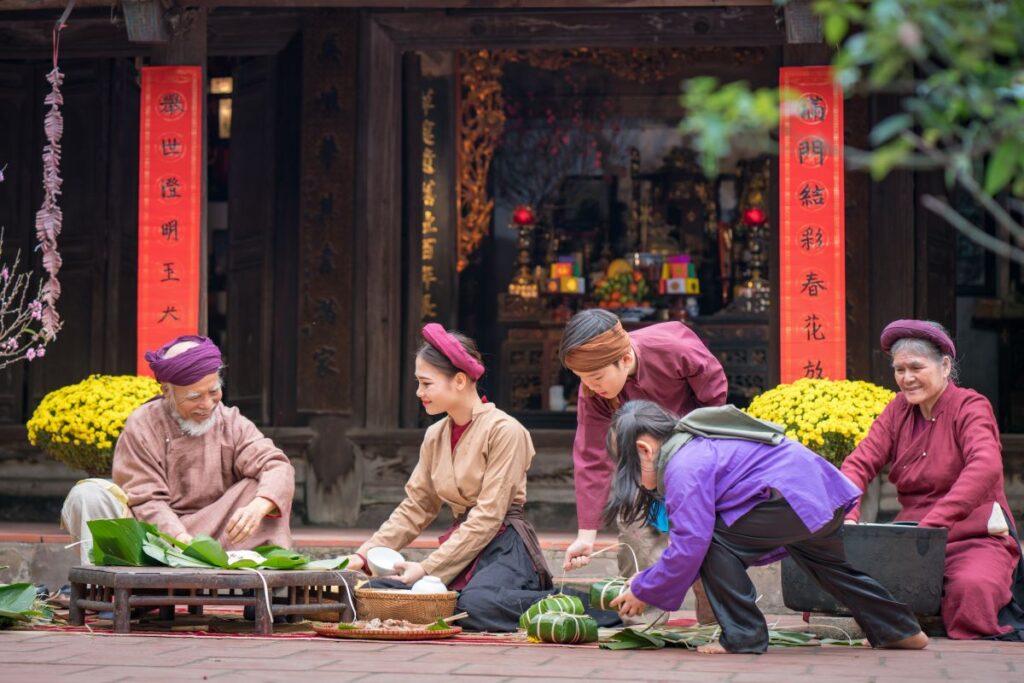
Almost all Lunar New Year traditions centre around sharing blessings, whether that’s to ward off the mythical beast Nian, or bless crops for a fruitful harvest in the new year. Families might deep clean their homes in advance so nothing old is carried into the new year and decorate to welcome the Gods of Wealth. In Chinese tradition, a vigil known as Shou Sui might be celebrated by drinking tea, eating New Year’s Cake, playing mahjong or simply enjoying time together at home.
Fireworks & firecrackers
Originally used to scare away evil spirits, fireworks and firecrackers are now a universal marker of celebration. Traditionally, there is a shower of red fireworks at the stroke of midnight, with most major cities around the world putting on a show, as well as firecrackers before dinner and first thing in the morning on New Year’s Day in some locations. Most families will keep the red streamers from firecrackers on the floor until the second day of the year, as it’s believed cleaning can sweep good luck away.
Which countries celebrate Lunar New Year?
Lunar New Year begins as the new moon emerges, and is celebrated under many monikers across Asia. In Korea, Seollal is a three-day holiday, which is still celebrated traditionally in Seoul’s Namsangol Hanok Village. Visitors can join in on Yut Nori competitions (a traditional board game), eat delicious homemade rice cakes and mandu (Korean dumplings), or try their hand at Hanji mirror making.
China puts on a lavish show during its famous Spring Festival – best witnessed in the streets of Beijing – with a crimson array of red lanterns and lit-up temple fairs. Tết in Vietnam centres around ancestral worship and prosperity rituals, with the Ancient Town in Hoi An putting on a New Year’s Eve spring parade with fireworks over the river and a packed itinerary of events.
Other countries on the Lunar Calendar include the Philippines, Singapore, Taiwan and Malaysia to name a few, which are all beautified for the season. Many other major cities around the world also honour the holiday: San Francisco is known to put on one of the largest Lunar New Year parades, drawing over three million annual spectators across the globe with spectacular Lion Dances, firework displays and productions from the city’s Asian communities and beyond.








